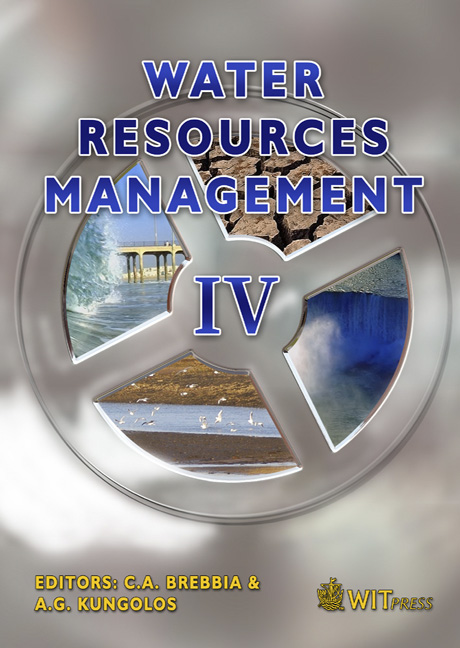Calculation Of The Loads Of Chronic Pollution From Roadways Runoffs
Price
Free (open access)
Transaction
Volume
103
Pages
8
Published
2007
Size
339 kb
Paper DOI
10.2495/WRM070501
Copyright
WIT Press
Author(s)
J. Hurtevent, M. Gigleux, M. Despréaux, P. Esnault, F. Caquel, D. Grange, L. Calovi & C. Gardet
Abstract
Motorway infrastructures may cause a chronic pollution of water resources. Wear residues from vehicles, coatings, road equipment as well as the emissions from road vehicles induce an accumulation of particles upon the carriageway which are swept from the roads each time it rains. Protection of the water resource, defined as the common heritage of our nation (Art. L210.1 Code de l’Environnement), requires appropriate measures. To comply, first it is necessary to know about the loads of pollutant which are deposited upon the carriageway to assess the works suited for the protection of the water resource. The National Technical and Scientific Network of the Ministry of Equipment have exploited the measurement provided at nine equipped locations. The goal of this operation was to obtain correlations between the actual loads in the runoff, concerning various pollutants (suspended matter, PAH, COD, lead, zinc, cadmium, copper and hydrocarbons), and various parameters (annual precipitation, maximal intensity of the rain event, traffic, number of days of dry weather, etc.). At present, two relations might be applied: - a pollution/traffic law linking the total traffic and the maximal annual global load of pollution collected in the runoff; - a law linking the maximal compound fraction of annual pollution swept along, and the height of water of the associated event. These two laws make it possible to quantify the chronic pollution that therefore is liable to reach the water resources and then to adapt the strategy of water resource protection according to the sensitivity of the aquatic environment. Keywords: runoff, infrastructure impact assessment, copper, cadmium, suspended matter.
Keywords
runoff, infrastructure impact assessment, copper, cadmium, suspended matter.





